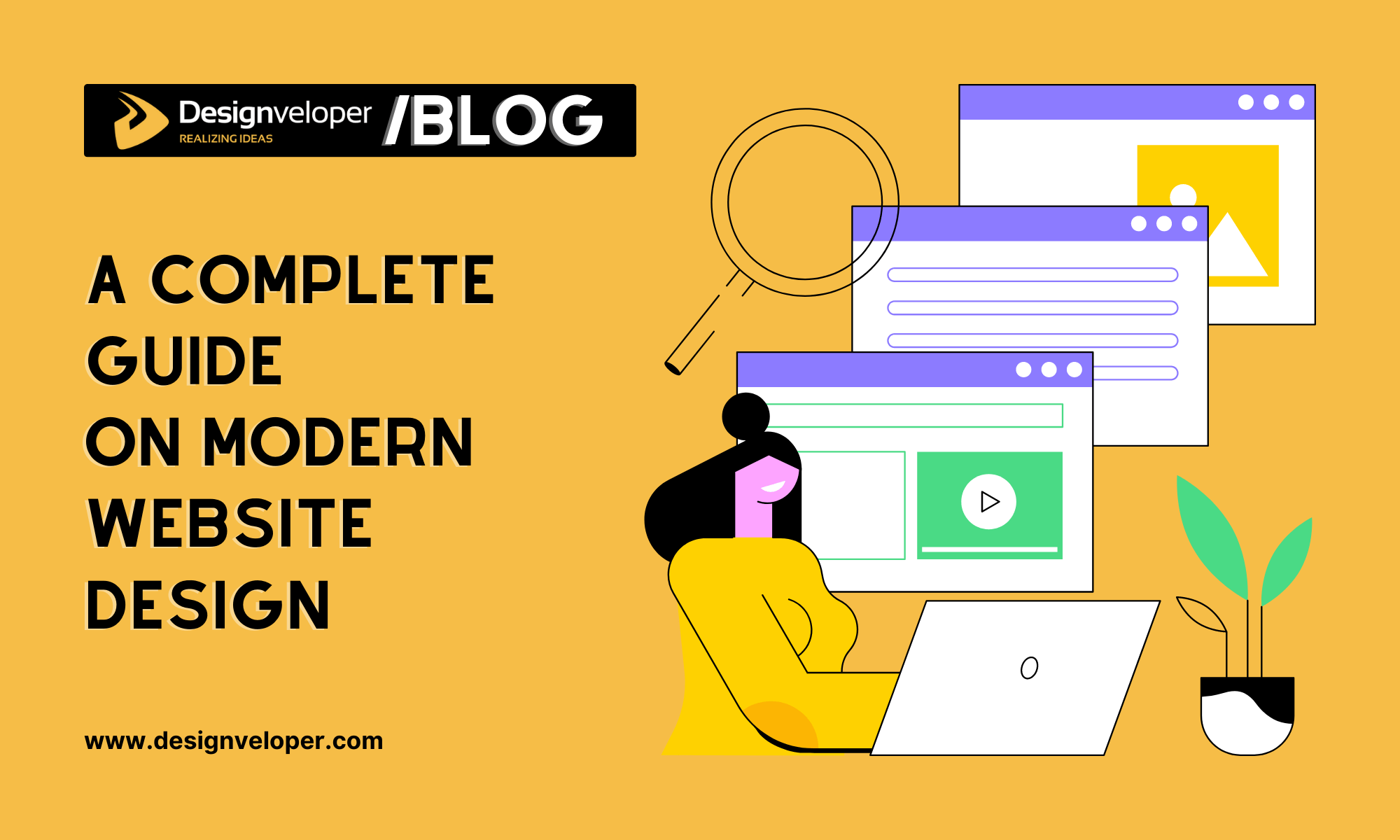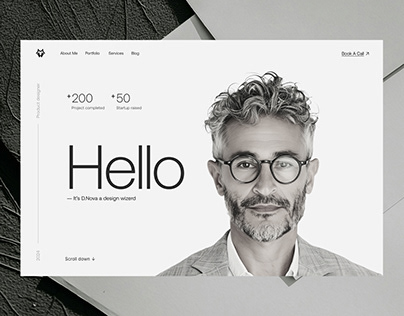Leading Tips for Creating an Impactful Web Site Design That Converts
In today's digital landscape, the significance of an impactful site design can not be overstated, particularly when it pertains to converting visitors right into clients. To accomplish this, one should think about a selection of elements, including understanding the target audience, prioritizing individual experience, and maximizing for mobile platforms. The strategic usage of engaging call-to-actions and a well-defined visual hierarchy plays a critical function in directing customers via their trip. As we discover these important aspects, it ends up being evident that the success of your site rests on more than simply aesthetics; it calls for a thoughtful method to style and functionality.

Understand Your Target Market
Recognizing your target market is essential to effective web site style, as it prepares for creating an appealing individual experience. Recognizing who your customers are, including their demographics, preferences, and actions, enables developers to customize the web site's material, design, and capability to fulfill certain demands.
Carrying out extensive marketing research is important in this process. Studies, meetings, and analytics can give valuable understandings right into user assumptions and discomfort factors. By assembling this information, developers can develop user personas that stand for different sectors of the target market, making sure that style choices are informed and appropriate.
In addition, understanding the target market aids in selecting appropriate design components such as color pattern, typography, and images that resonate with individuals. A website that talks straight to its audience fosters a sense of link and trust fund, motivating longer visits and greater conversion rates.
Ultimately, a user-centered method to web site design not just boosts individual satisfaction yet also supports business goals by driving involvement and commitment. By prioritizing the needs and choices of the target audience, an internet site can efficiently serve its objective and accomplish preferred results.
Prioritize Customer Experience
To improve the total performance of an internet site, prioritizing individual experience (UX) is necessary (Website Design). A properly designed UX ensures that site visitors can navigate the website effortlessly, discover information rapidly, and involve with material meaningfully. This brings about raised user satisfaction and higher conversion prices
Begin by applying intuitive navigating. Menus must be logically structured, permitting customers to situate key areas of the site with minimal effort. Consistency in layout aspects, such as color design and font styles, promotes knowledge, which is crucial for keeping individual engagement.
In addition, consider the loading rate of your site. A delay of simply a couple of secs can bring about substantial drop-offs, as customers are much less most likely to wait on a slow-loading page. Improving pictures and enhancing code can boost efficiency and maintain site visitors.
Furthermore, quality in content discussion is essential. Use succinct, appealing language and separate message with visuals to boost readability. By focusing on user experience, you not just produce a much more delightful environment for site visitors however additionally reinforce your brand name's integrity. Eventually, a concentrate on UX is an investment in the long-term success of your web site.
Optimize for Mobile Tools
Enhancing for mobile gadgets is important in today's digital landscape, where a boosting variety of users accessibility web sites through mobile phones and tablet computers. A mobile-friendly layout not just improves user experience yet likewise plays a significant duty in enhancing online search engine positions. To attain this, it is necessary to take on a receptive layout that instantly gets used to different screen sizes and positionings.

Packing speed is an additional critical factor; mobile customers are generally less person and anticipate quick accessibility to details. Optimize images and leverage internet browser caching to boost efficiency. Examination your web site on numerous tools and display resolutions to determine and correct any kind of potential usability concerns. By focusing on mobile optimization, you ensure that your site continues to be competitive and properly engages a more comprehensive audience.
Use Engaging Call-to-Actions
A web site's effectiveness often rests on its ability to direct site visitors towards preferred activities, making compelling call-to-actions (CTAs) important elements of design. CTAs work as the critical factors that guide customers to involve with the site, whether that means purchasing, authorizing up for an e-newsletter, or downloading and install a look these up source.
To produce reliable CTAs, clearness is paramount. Use concise language that plainly interacts the activity you want the customer to take.
Furthermore, take into consideration using directional hints, such as arrows or images, to assist users toward these switches. By concentrating on these elements, companies can considerably improve individual engagement, driving conversions and eventually attaining their website's goals.
Concentrate On Visual Pecking Order
Efficient site style counts heavily on a well-structured aesthetic pecking order that guides customers through material effortlessly. By arranging elements in a way that focuses on info, developers can boost individual experience and assist in decision-making. This involves utilizing size, color, comparison, and spacing purposefully to draw focus to the most important elements of a website.
The usage of larger fonts for headings and subheadings develops a clear difference between different areas, permitting customers to check material effortlessly. Furthermore, employing different shades for switches and calls-to-action can catch user attention and urge interaction. Whitespace is one more important component; it stops mess and allows customers to concentrate on essential messages without distractions.
Pictures and graphics should match the text while likewise sticking to the recognized pecking order, enhancing the total message (Website Design). Uniformity in style components, such as shade systems blog and typography, more strengthens the aesthetic pecking order, making navigating instinctive

Final Thought
In verdict, efficient web site layout requires a thorough understanding of the target audience, prioritization of customer experience, and mobile optimization. Inevitably, a well-executed internet site layout serves as an important element in driving user activities and attaining company goals.